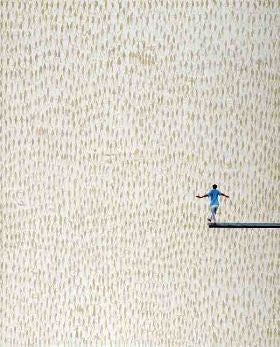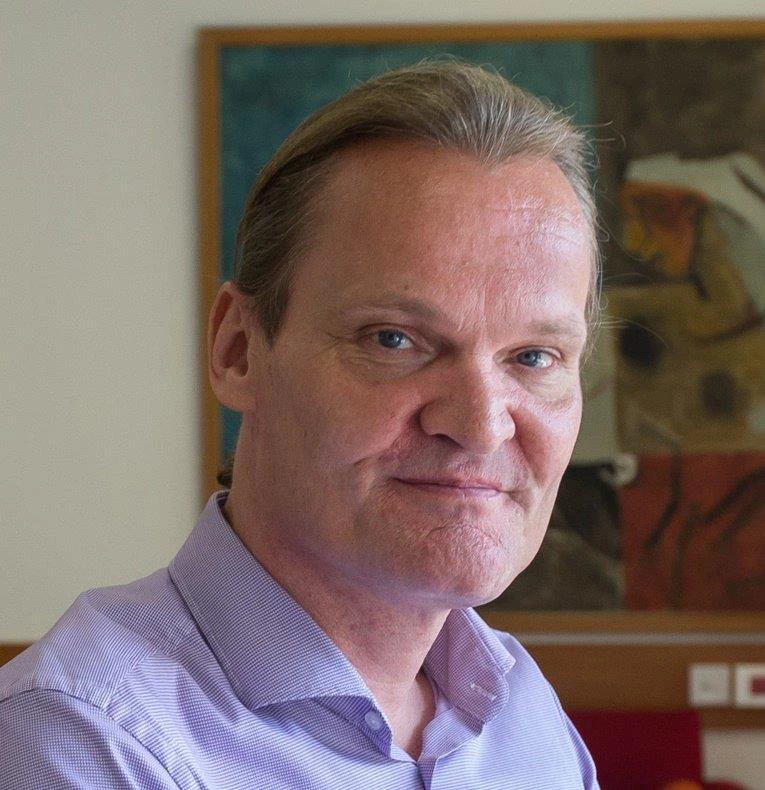 “The World Bank is organizing an art show?” My neighbor seemed stunned. He has just got to know me, since I moved to India only in early September. To him I am the economist who moved to India from Washington. Quite possibly, he thinks I have come to India to try and tell the government what to do.
“The World Bank is organizing an art show?” My neighbor seemed stunned. He has just got to know me, since I moved to India only in early September. To him I am the economist who moved to India from Washington. Quite possibly, he thinks I have come to India to try and tell the government what to do.
“Why?” He asked. I told him it was because we wanted to stimulate thinking about South Asia’s common future. “Why?” he insisted. I told him many other regions in the world have discovered that a common future brings better lives to citizens than separate futures. “Aha!” he said, “you want to promote free trade”. He thought he had recognized me again.
It was a most interesting conversation to me. The art show had not been my idea, but it felt very natural to me. After all, my wife is a painter and photographer, and I have therefore helped organize many art shows in the past. But this one is very different. It's a group exhibit by the winners of a competition we launched in all countries of South Asia.

So why did we organize the show? It is because we believe that thinking about a common future is essential for South Asia’s success. Not just because of issues of shared security and shared resources; not just because many other regions in the world have discovered the potential of regional cooperation to create more growth and jobs; not just because in an integrated region, lagging border states would be trading states, and therefore might no longer be lagging.
Yes for those reasons too, but the main reason to organize the show is simple: We wanted to see what would happen if we asked a group of people to imagine South Asia’s future together. If you want to see what happened, come see the show!



Join the Conversation